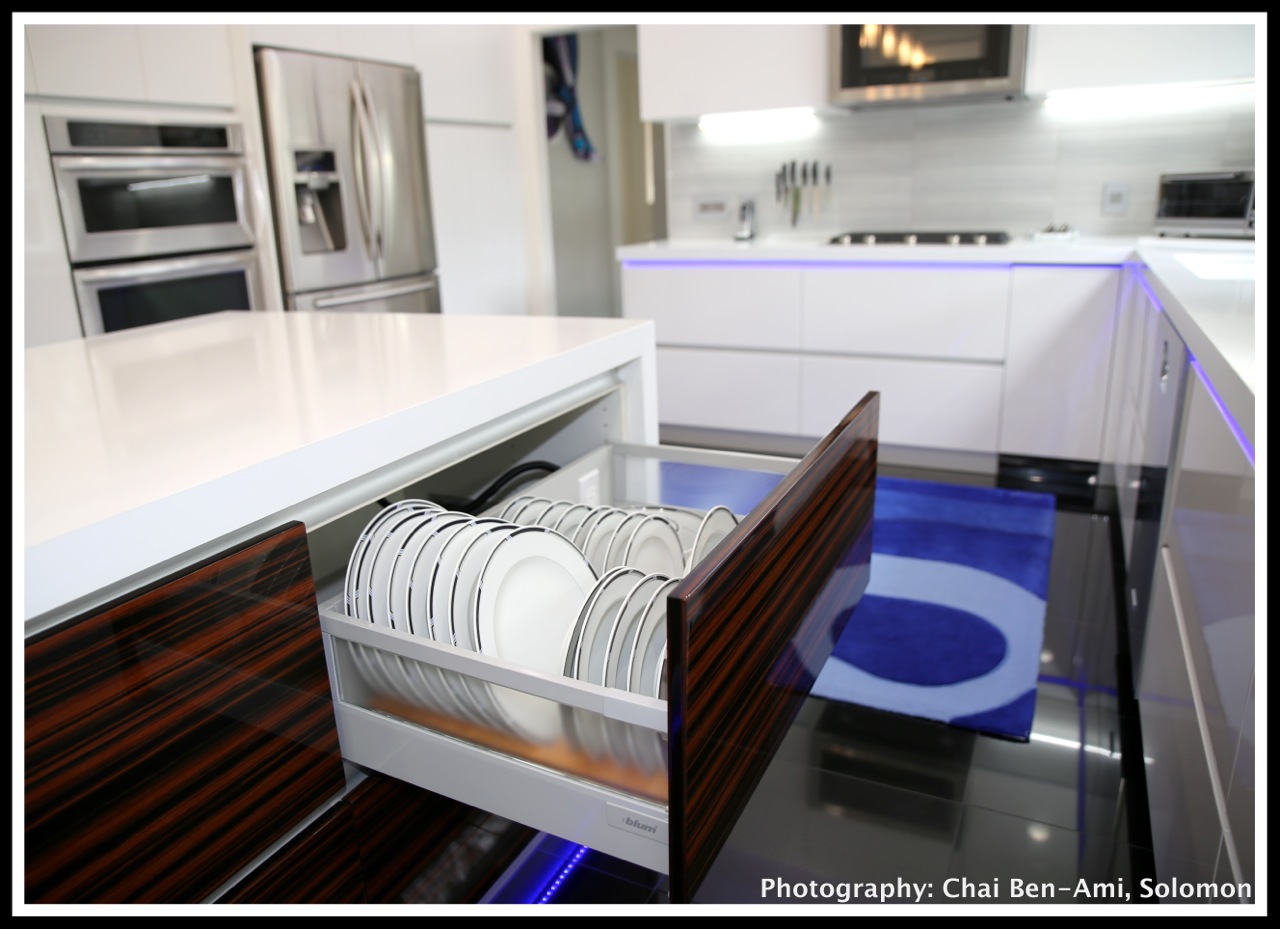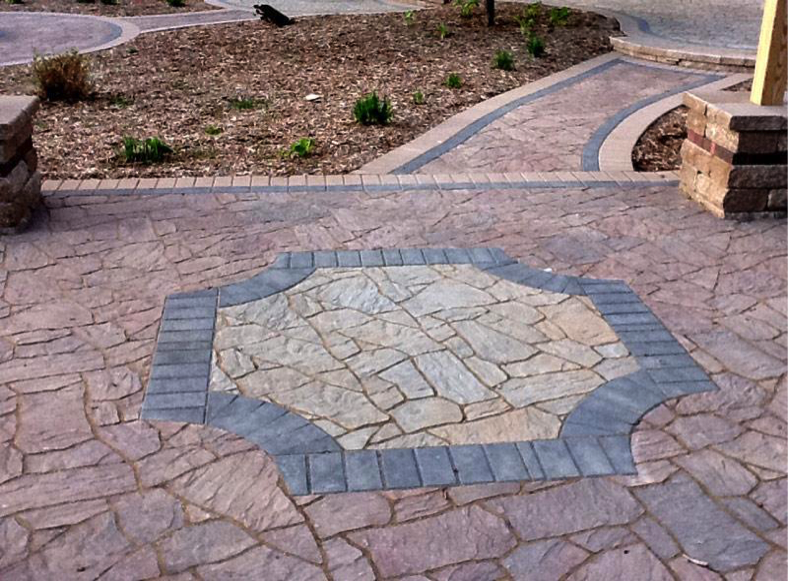Getting into a home renovation project can be exhilarating, stressful, and expensive. The feeling of having your home in shambles, and watching money leave your bank account can be daunting. Depending on the extent of the renovation project, it can be difficult to visualize the result while the work is underway.
Saving money is a common goal for many homeowners who are considering a renovation project. With the right strategy, you can save hundreds or even thousands of dollars on your home renovation.
Here are six simple ways to save money when renovating your house.
Use Ready-to-Assemble Cabinets and Furniture
The key to saving money on a home renovation project is knowing when to spend and when to save. In most cases, customization options are where costs take a sharp turn upward.
The kitchen tends to be a popular starting point for major home renovations for many reasons. The kitchen is the heart and soul of a home and often holds the most resale value. It’s also a high traffic area that tends to feel outdated quicker than other rooms. Space’s complexity makes it one of the more costly renovations, even when addressing cosmetic issues.
You can dramatically cut renovation costs by using ready-to-assemble (RTA) cabinetry and furniture. RTA kitchen cabinets are manufactured and cut based on your kitchen specs. The pieces of your cabinets and the fixtures you need to put them together are then sent via flatpacks to your door. You can also get RTA cabinets for bathrooms.
There are a few factors that make RTA cabinets more affordable. The first consideration is that you aren’t paying for labor to have the cabinets put together. By having them shipped directly, you aren’t eating the margin costs that you would experience when purchasing cabinets from a store. Additionally, as the cabinets ship in flat packs rather than large boxes, the shipping costs are nominal in comparison.
RTA furniture and cabinets also arrive quicker than prefabricated furniture. This benefit is an essential consideration if you have to pay to eat in restaurants because your kitchen is torn apart. By minimizing the timeframe for delivery, you’ll indirectly spend less during your renovation project.
The same logic applies to any shelving units, appliances, or furniture upgrades you’re incorporating into your renovation project.
Shop Sales and Recycled Materials
It costs nothing to plan ahead and outline what you want your house to look like. Create a wishlist that features fixtures, flooring, etc. that you wish to purchase for your renovation. Then, become a savvy sale shopper and pick up the items as the price drops.
There are various apps, websites, and extensions to help you find the best deal possible when shopping around. Use these to your advantage when purchasing new materials and set aside time each week to review fliers and local home improvement stores’ websites.
Another way to save on supplies is to purchase recycled building materials. This thrifty home renovation hack is a fantastic way to save money while adding character to your home.
Purchasing leftover building materials from Habitat for Humanity or refurbished materials from local home improvement stores can save you hundreds of dollars on your project. While you won’t be able to get everything second-hand, it’s a great way to cut costs on fixtures, doors, sinks, etc.
Plan an Off-Season Reno
Contracting and renovating is a seasonal business. The peak season is during the spring and summer when the weather is nice and the days are long. Many homeowners enjoy the fact that they can escape the house and enjoy the weather while work is being done.
However, planning a renovation during the peak season means more demand. In simple economics, higher demand means higher costs. Opt for a fringe or off-season home renovation when contractors are underemployed and willing to low-ball a quote. During the off-season, more supplies will be on sale as there is less demand for them.
Extend Your Timeline
Instead of planning a one-off major renovation project, consider extending your timeline and picking away at the project. In a kitchen, for example, you might decide to redo the cabinets. Then, a few months later, replace the old flooring. Finally, after a few more months, you might install a new stove and range hood.
Extending your timeline has a few cost-saving benefits. More time to complete your project means more time to shop around for deals. This approach to home renovations also allows you to save up money or spend in small bursts and recover, rather than spending thousands in one go.
The most significant cost-saving factor of slowing down and taking your time is that you can avoid putting your project on credit. By saving and using cash or continuously paying down your credit, you avoid interest fees that could end up costing you thousands more over time.
Know When to Hire and When to DIY
You can save a lot of money on renovations by doing things yourself, like assembling cabinets. If you have basic skills, you can likely manage stuff like painting, adding trim, or grouting tile— depending on what you’re comfortable with. Demolition is also a common DIY task for people doing a major renovation.
However, there are many tasks you shouldn’t DIY. If you’re getting into specialized areas like plumbing and electric, you should hire an expert. Making a mistake here can cost you thousands of dollars down the road. To save money on your home renovation, know when to DIY and when to hire out.
Avoid Structural and Utility Changes
Finally, another strategy for saving lots of time and thousands of dollars on a home renovation is to leave the basic blueprint and layout of your home the same. While some things are easy to shift around and replace, others require specialized services and getting into the walls.
Consider leaving your sink and dishwasher in the same place to avoid moving the plumbing in a kitchen renovation. The same idea applies to move light fixtures, switches, and thermostats as you’ll need an electrician to ensure it’s done correctly.
Instead, redesign your home around the existing utilities and infrastructure. Know which things you can alter and which aspects of your home should remain the same. The more you disturb things like plumbing and electric, the more likely you are to discover a sleeping dog in your home— and as the saying goes, it’s best to let sleeping dogs lie.
Plan Big, Save Big
With these six tips, you can save lots of money on your home renovation project. Remember that it costs you nothing to plan ahead and outline your budget before diving into a big project.



















